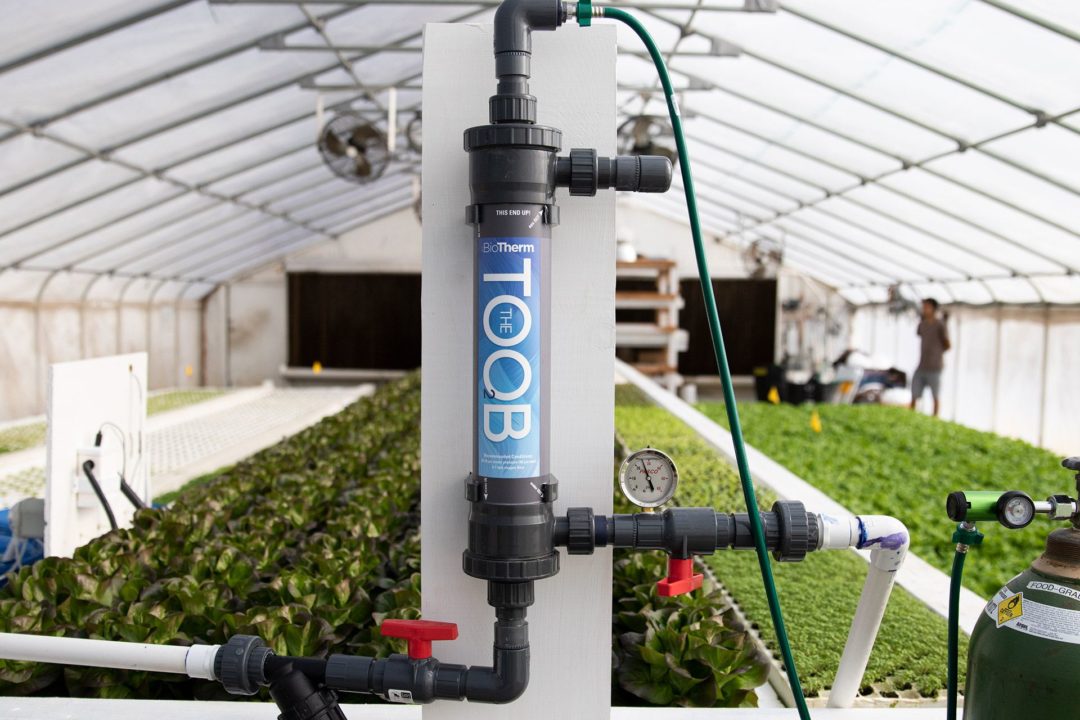Great Grasses: The Annual Pennisetums

Fountain Grasses
It all started with wonderful ornamental grass, purple fountain grass, or P. setaceum ‘Rubrum.’ Well known for years, it has provided arching, light burgundy flowers over burgundy foliage. Often seen in containers, plants are inexpensive and nearly as popular today as ever. ‘Red Riding Hood’ is a recent introduction and is far more muted.
‘Fireworks’ is one of the finest new fountain grasses to reach the marketplace in some years. When it first appeared, the plant coloration was unstable, but that problem appears to have been corrected. Everyone who sees the plant is smitten. When we ask people to mark their favorite plants with a flag in the trial gardens, this one ends up with dozens of flags. Plants are no more than 3 feet tall and the flowers are similar to ‘Rubrum,’ yet are tan colored. The flowers are fine, but it is the rainbow of foliage color that makes this a no-brainer.
The Millets
The first selection that caught our eyes a few years ago was ‘Purple Majesty,’ an outstanding upright deep purple plant with erect dark flowers. This became an immediate success because of the coloration and handsome flowers.
This was followed by others, but ‘Jester’ gained popularity because of the bicolor foliage, especially where leaves met the stems.
This year, we were stunned by the beauty of ‘Jade Princess.’ It sports wide iridescent chartreuse leaves and dark flower stems. The flower heads start out tan and mature to a deep brown. It’s another flag magnet. I like it because it’s pollenless, and for hay fever sufferers like me, that is a real bonus.
The Princess Grasses
This collection of grasses first appeared on the scene about three years ago, through the breeding of Dr. Wayne Hannah at the University of Georgia. They are vigorous and, depending on cultivar, grow 3 to 8 feet tall. Most have spectacular purple foliage that gets darker as temperatures become warmer.
‘Prince’ came out with little fanfare, but its vigor, dark foliage and absolute disregard for heat and humidity resulted in many landscapes with ‘Prince’ in it. Its vigor was a problem in the greenhouse and in the landscape where it often topped 7 feet.
‘Princess’ is its sister and became far more popular because it was about three-quarters the size of ‘Prince,’ and it had various shades of purple and burgundy. ‘Princess’ is spectacular in full sun. None of the plants flower in temperate climates, and that’s a good thing where reseeding of grasses is frowned upon.
‘Princess Caroline’ and ‘Princess Molly’ are Dr. Hannah’s latest “inventions.” They are shorter, more pendulous grasses. Each has been enhanced through better disease resistance and shorter, more-compact growth. All of these grasses are available through plant brokers or individual grass propagators.









